Panentheism: Journals & Articles
Further resources, if available, can be found in our full bibliography.
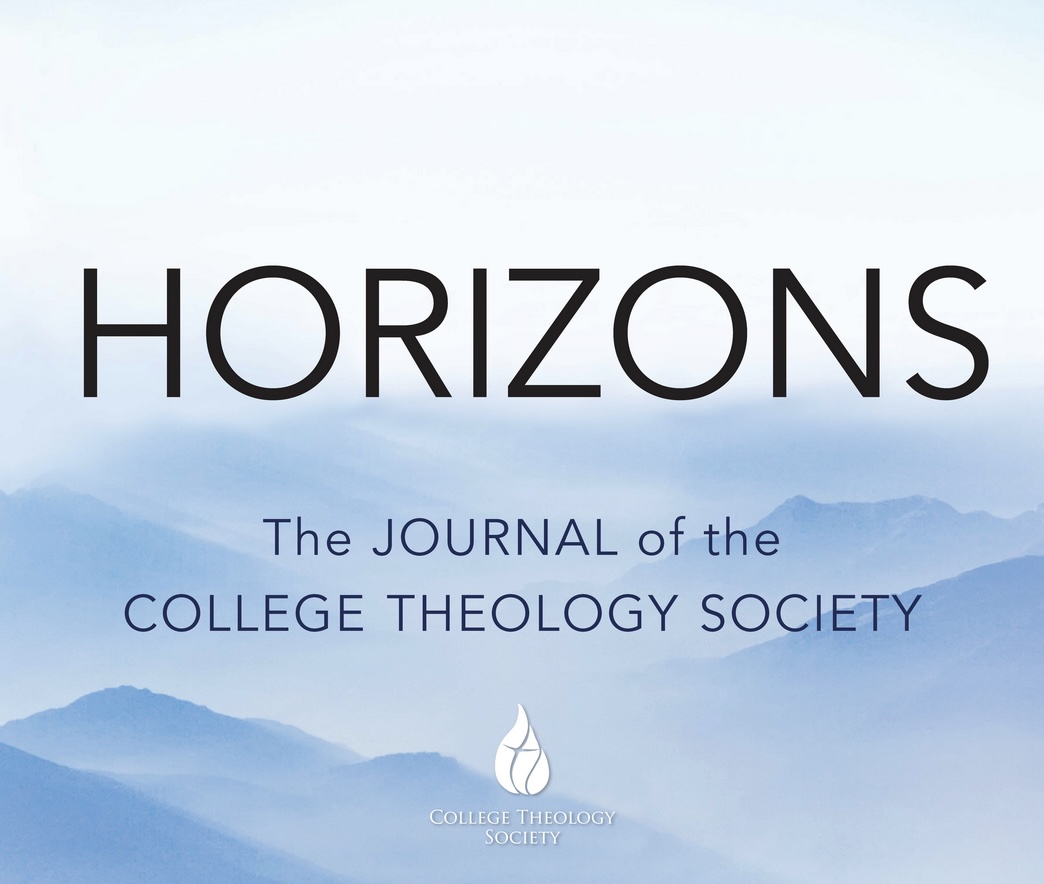
Classical models of the God–world relationship tend to emphasize the transcendence of God at the expense of God’s immanence to the world of creation. Neo-classical or process-oriented models, on the other hand, tend to emphasize the immanence of God within the world process at the expense of the divine transcendence. Using the distinction originally made by Thomas Aquinas between person and nature within the Godhead, the author offers a modified process-oriented understanding of the God–world relationship in which the transcendence of the triune God to creation is assured but in which creatures derive their existence and activity from the divine nature or ground of being along with the divine persons. Ultimate Reality, therefore, is not God in a unipersonal sense, nor the three divine persons apart from creation, but a Cosmic Society of existents, both finite and infinite, who are sustained by one and the same underlying principle of existence and activity.
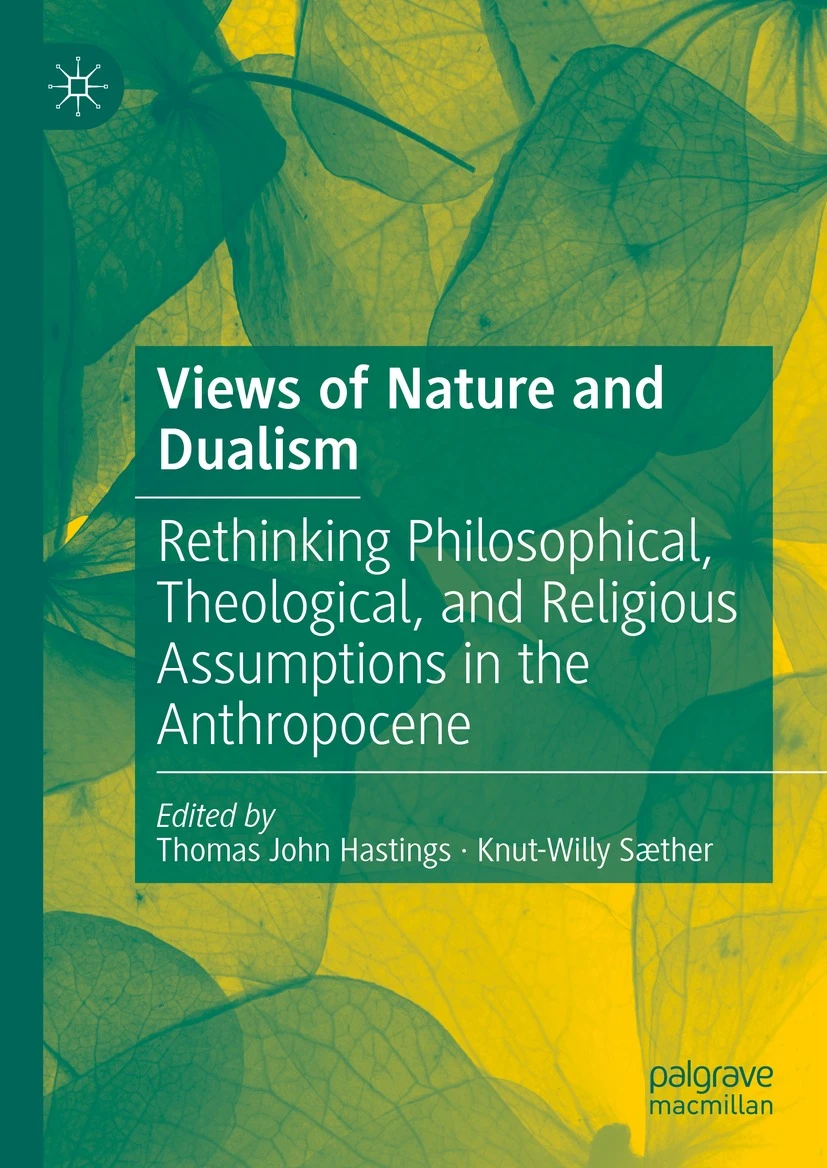
"The Role of Panentheism and Pantheism for Environmental Well-Being"
Lina Langby
Thomas John Hastings, Knut-Willy Sæther
Langby argues that a panentheistic conception of God can contribute better to present environmental concerns than classical theism, because nature is more inherently valuable in panentheism than in classical theism. Furthermore, pantheism could contribute to an even deeper environmental ethics than classical theism and panentheism since, in pantheism, all aspects of the world are seen as sacred and divine. Nevertheless, the benefits of the ontological God-world monism essential to pantheism are less significant than one might think. Both panentheism and pantheism emphasize the divinity of the physical, bodily, and natural world, making the relative benefits of pantheism small compared to panentheism.
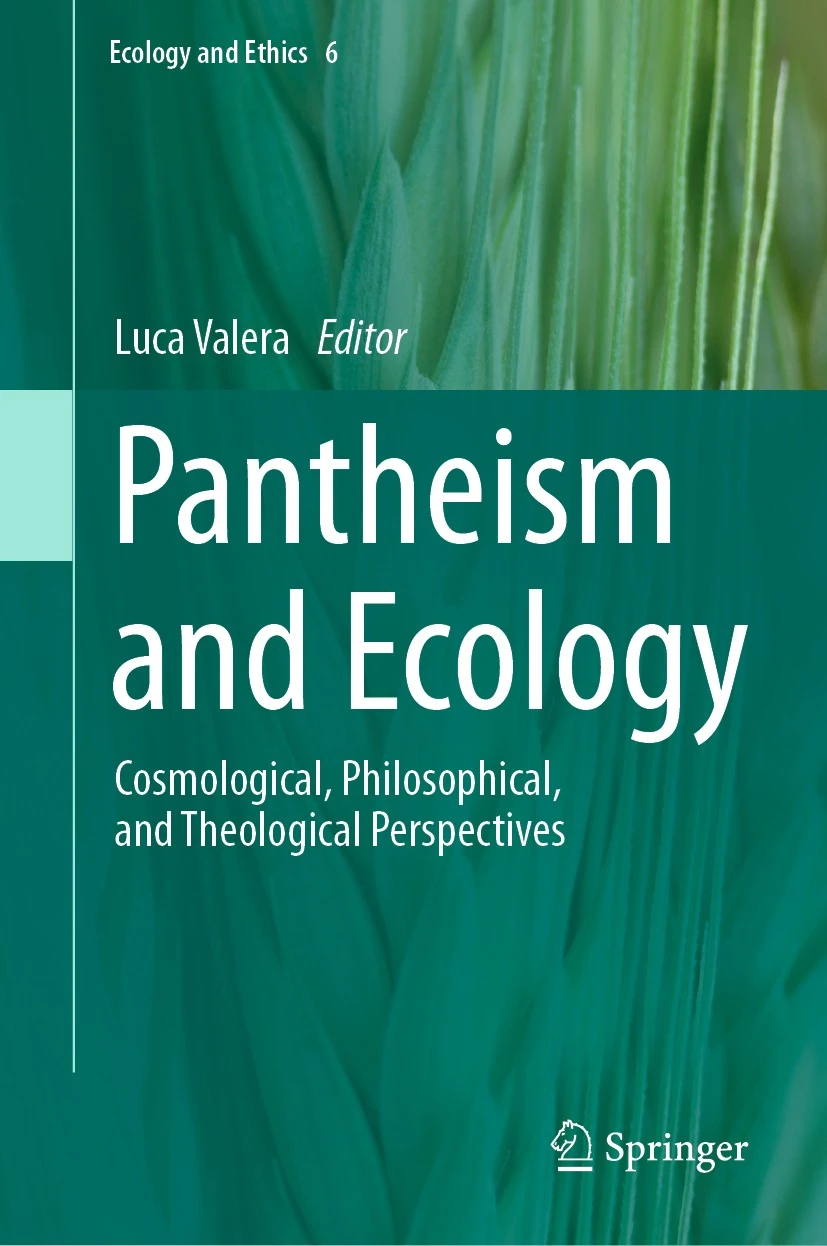
"Humans Are Humus: An Analysis of Boff's Panentheistic Ecotheology in the Framework of the Biocultural Ethic"
Ricardo Rozzi
Luca Valera
In this chapter, Rozzi proposes a biocultural ethic grounded on the conservation of the vital links among (i) the habits of caring and conservation of land, freshwater, and marine ecosystems, (ii) the daily interactions with diverse human and other-than-human co-inhabitants, and (iii) their shared habitats. This is the 3Hs triad (habits, co-inhabitants, and habitats) of the biocultural ethic. The conservation of these habitats is the condition of possibility for the wellbeing of the communities of co-inhabitants, and the continuity of complex interrelationships between biological and cultural diversity.
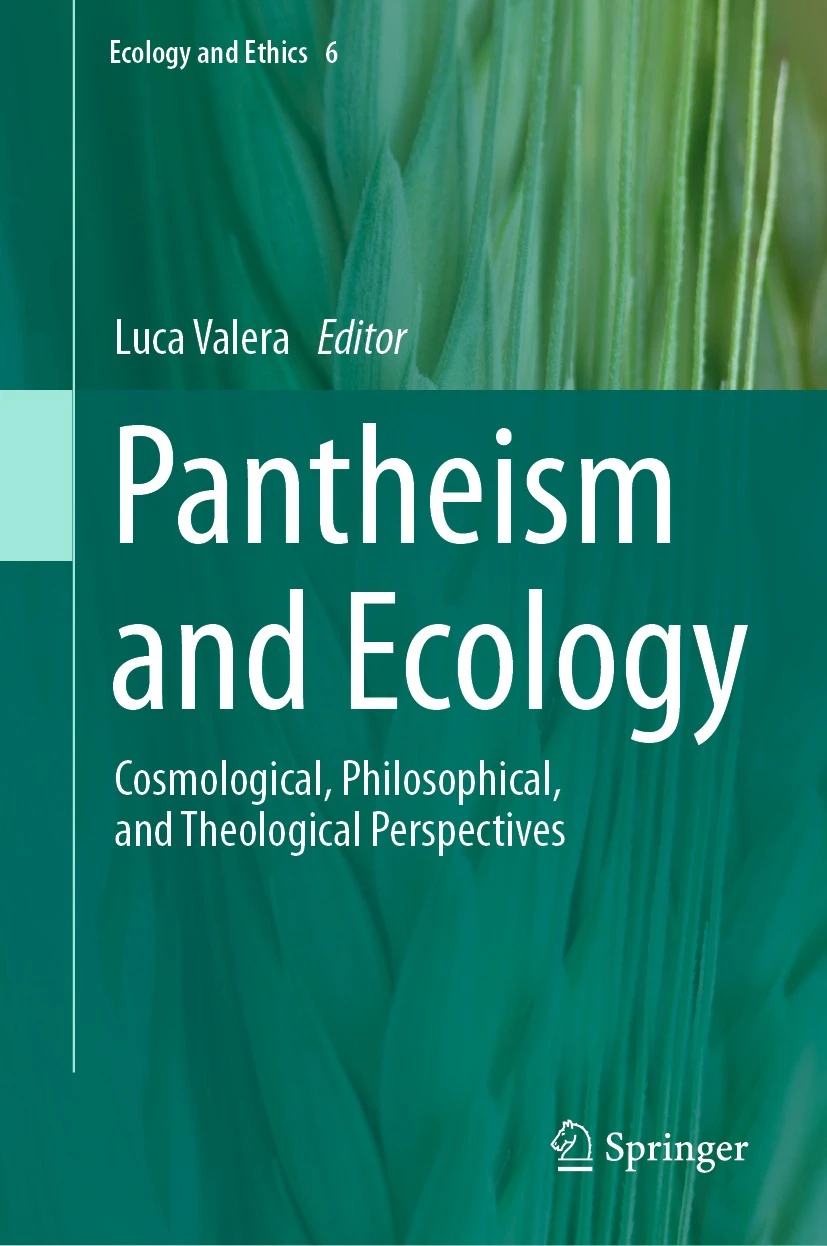
"Panentheism in Christian Ecotheology"
Guillermo Kerber
Luca Valera
Since the early nineteenth century, the notion of panentheism has been used in Christian theology as a way to deal with the presence of God in the universe. In the second half of the twentieth century the concept has been reframed considering new developments in cosmology and ecology. In Latin America, an author like Brazilian Leonardo Boff, uses this concept to articulate his proposal for an eco-theology. He discusses the difference between panentheism and pantheism and expresses the challenges panentheism poses to various domains of theology.
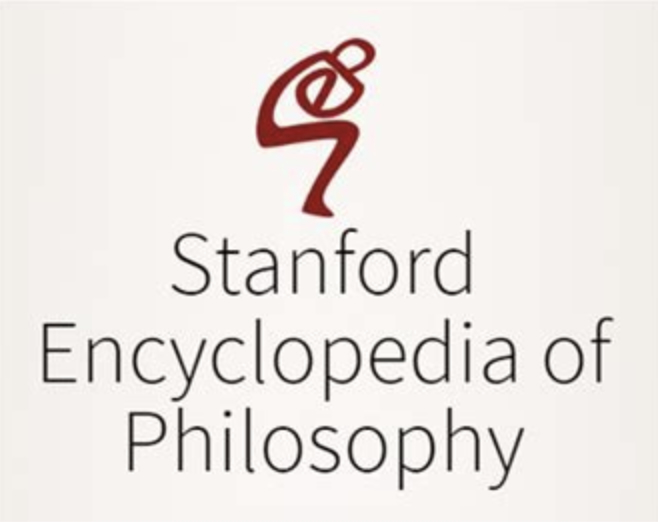
Encyclopedic entry on panentheism that contains a comprehensive bibliography on the topic.
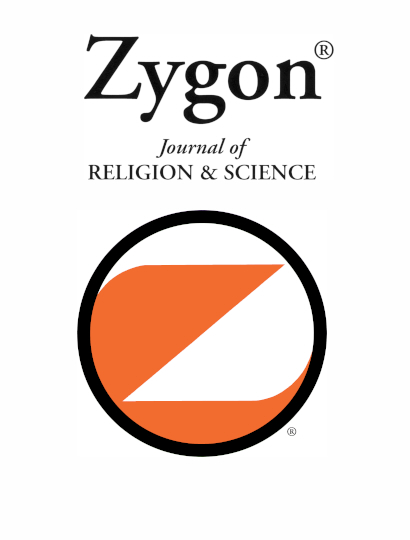
"Pantheism, Panentheism, and Ecosophy: Getting Back to Spinoza?"
Luca Valera, Gabriel Vidal
Many authors in the field of Environmental Philosophy have claimed to be inspired by Spinoza’s monism, which has traditionally been considered a form of pantheism because nature and God coincide. This idea has deep normative implications, as some environmental ethicists claim that wounding nature is the same as wounding God, which implies a resacralization of nature. In particular, authors Valera and Vidal focus on Arne Naess’s Ecosophy (or Deep Ecology) to offer a current relevant example of the pantheist (or panentheist) worldview. However, a new demarcation distinguishes pantheism from panentheism; in the latter, nature and God belong together but do not fully coincide, as in pantheism. Nevertheless, whether Spinoza is a panentheist, pantheist, or neither has yet to be fully determined, as well as whether his doctrine serves as a proper foundation for an ecology that attempts the aforementioned resacralization of nature. This article attempts to clarify these issues.
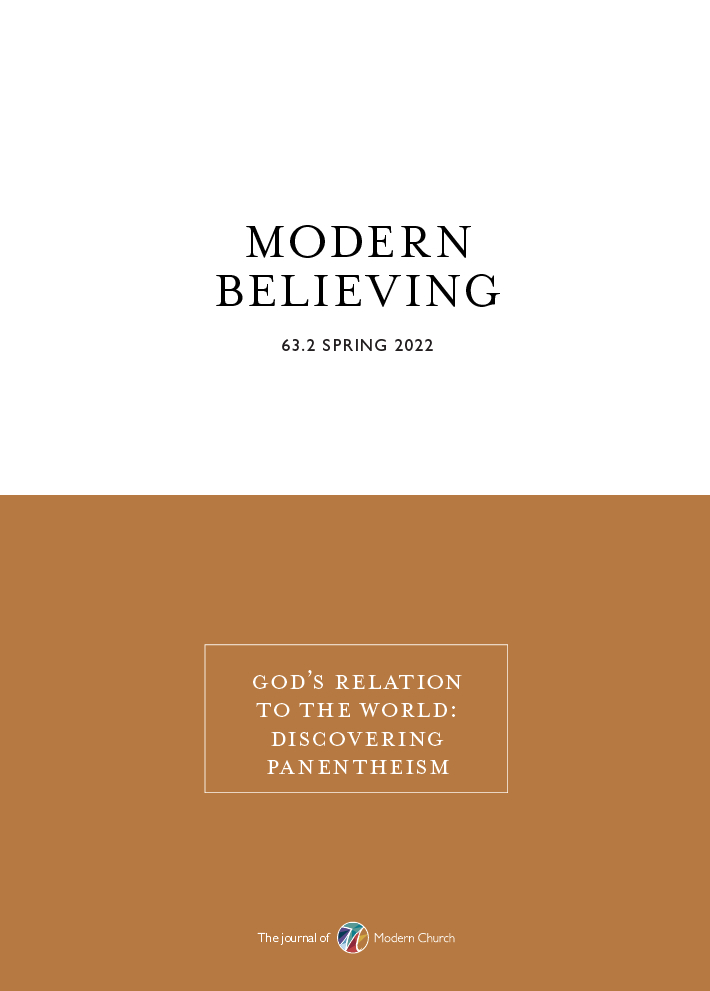
God's Relation to the World: Discovering Panentheism
Michael W. Brierley
The April 2022 issue of Modern Believing comprises seven essays on God’s relation to the cosmos, each taking a contemporary theological or philosophical movement—process theism, new materialism, open and relational theology, “weak” theology, the integralism behind radical orthodoxy, theology of divine companionship and progressive Christianity—and examining its connections with panentheism.
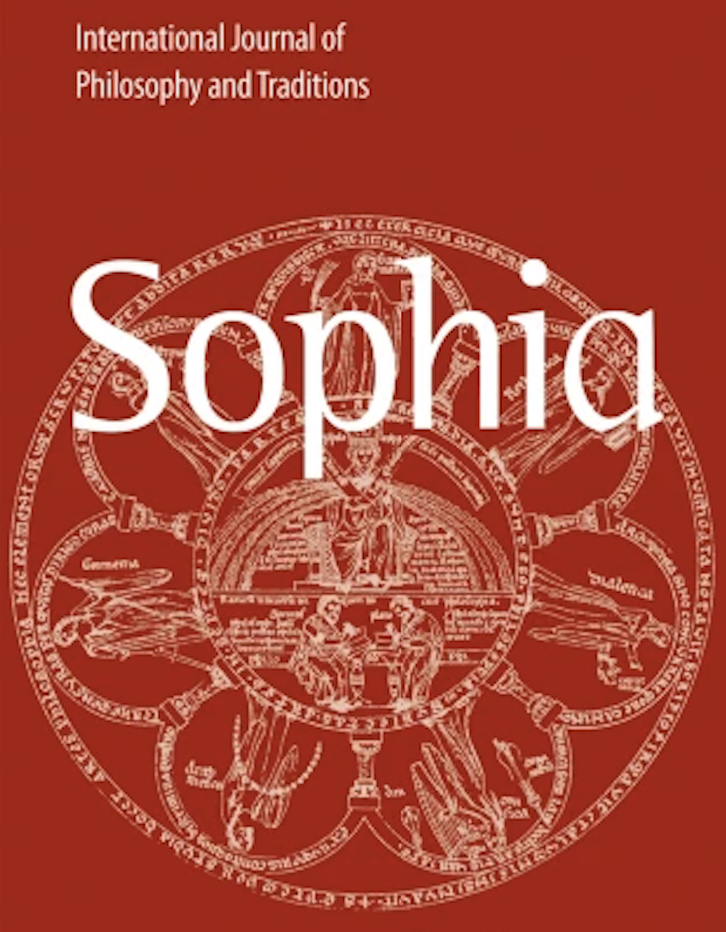
"Panentheism and the Conception of the Ultimate in John B. Cobb's Process Philosophy"
Oliver Li
The concept of ultimate reality has an important role in the metaphysics of religious pluralism. John B. Cobb—a process philosopher in the Whiteheadian tradition—has suggested not only two ultimates, like other process philosophers, but three ultimates: God, creativity, and the cosmos. Based on this, this work argues, firstly, that Cobb’s tripartite conception of the ultimate offers greater conceptual resources for inter-religious dialog than, for example, John Hick’s conception of ultimate reality or “the Real.” This paper argues that panentheism in general inherits and retains many of the conceptual resources of Cobb’s understanding of the ultimate and can be seen as a preferable position in relation to religious pluralism. Finally, the author concludes from the example of Zen-Buddhism that, although Cobb’s conception offers greater resources for engaging in a dialog from a metaphysical point of view, work has to be done to adequately address questions on the level of soteriology.
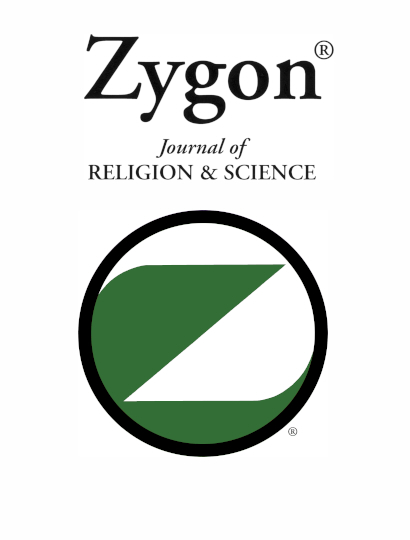
"The Many Faces of Panentheism: An Editorial Introduction"
Harald Atmanspacher, Hartmut von Sass
A well-known difficulty of the interdisciplinary dialogue beyond the limits of particular disciplines is the lack of common ground regarding their metaphysical and methodological assumptions and commitments. This is particularly evident for the precarious relationship between science and religion. In a 2016 conference entitled “The Many Faces of Panentheism” held in Zurich, and now in this introduction as well as this section, the authors try to counteract this situation by choosing a focus theme located at the interface between nature and the divine. Thus, key perspectives, arguments, and implications of panentheism are introduced not only from one selected point of view but in relation to others. This allows them to explore territory beyond the boundaries of disciplinary backgrounds and to address intellectual and practical consequences for current debates. This section features articles by Philip Clayton, Willem B. Drees, Jan-Olav Henriksen, Roderick Main, and Michael Silberstein.
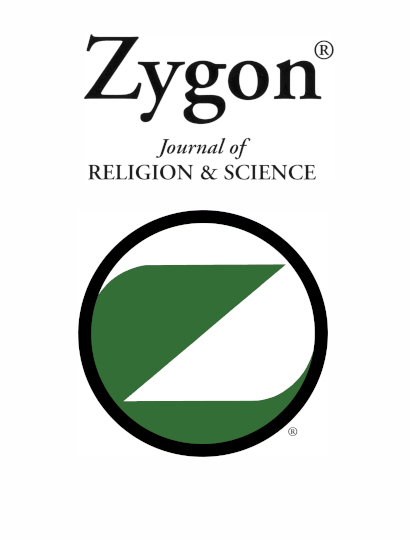
"How Radically Can God be Reconceived Before Ceasing to be God? The Four Faces of Panentheism"
Philip Clayton
Panentheism has often been put forward as a means for bringing theology and science into dialogue, perhaps even resolving some of the major tensions between them. A variety of “faces” of panentheism are distinguished, including conservative, metaphysical, apophatic, and naturalist panentheisms. This series of increasingly radical panentheisms is explored, each one bringing its own core commitments, and each describing very different relationships between religion and science. Clayton considers, for example, the diverse ways that the radical panentheisms construe emergent phenomena in the natural world. In the end, comparing the increasingly radical forms of panentheism yields a new understanding of the state of the religion-science dialogue today.
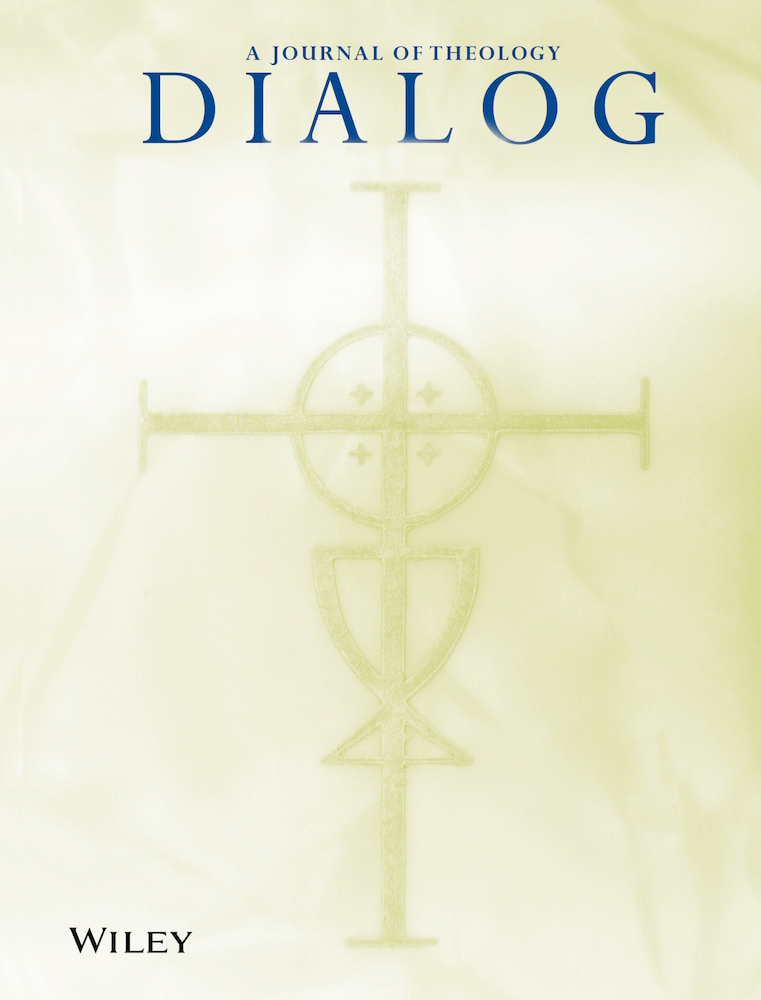
In this paper, Clayton offers a defense of panentheism, the doctrine that the world is (in some sense) inside of God even though God is also more than the world. There is much that is attractive about panentheism as a position in philosophical theology, and it has won major advocates in the field (e.g., Charles Hartshorne, David Tracy, Joseph Bracken, Arthur Peacocke). As these thinkers have shown, panentheism is able to solve certain contemporary philosophical problems in thinking about the nature of God and God’s relationship to the world better than any other “live option” being advocated in the field today.
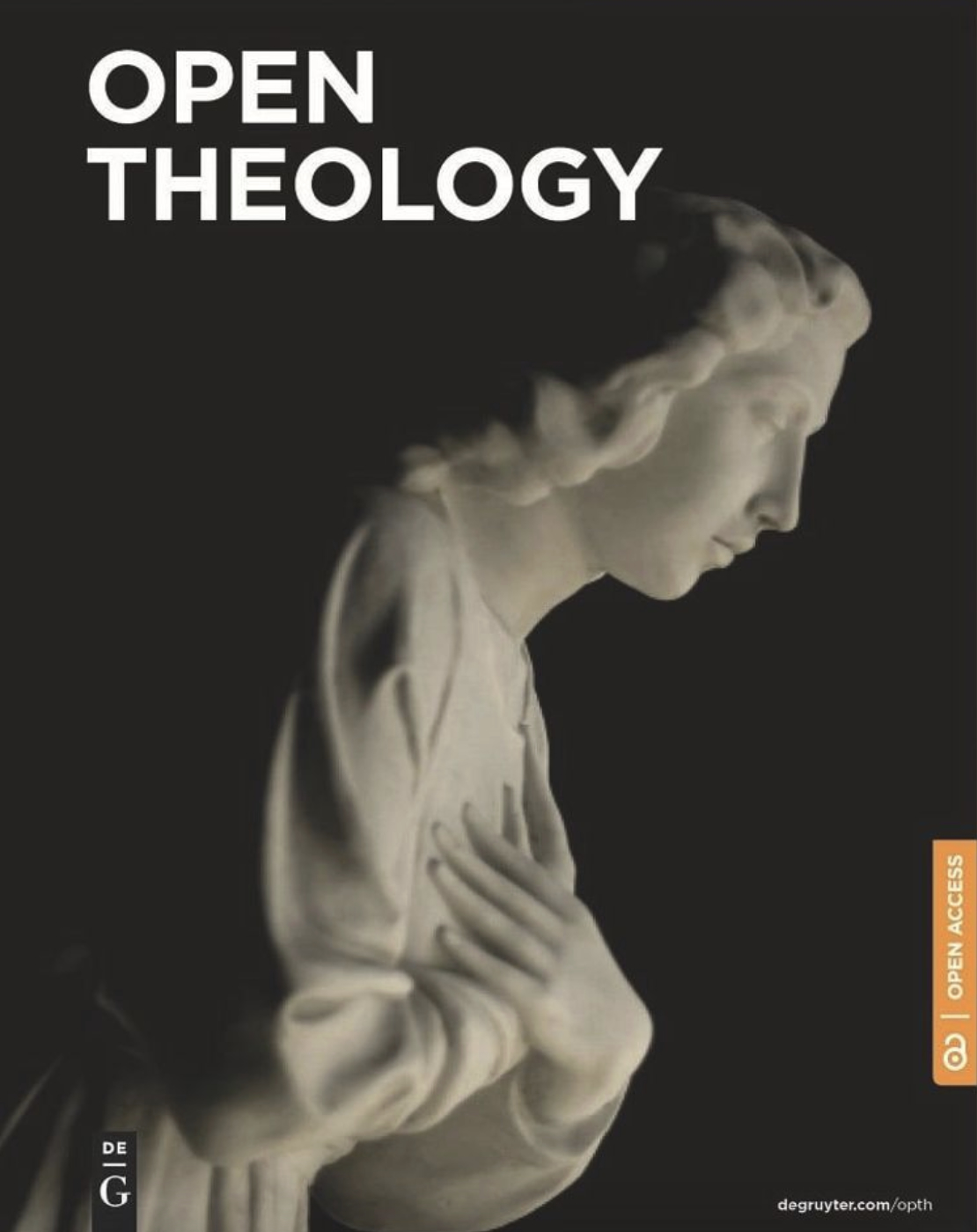
"Panentheism in the Context of the Theology and Science Dialogue"
Joseph A. Bracken, S.J.
The term “panentheism” (literally, “everything in God”) mediates between pantheism of the sort espoused by Spinoza and classical theism (God as transcendent Creator of the world). In this essay, in dialogue with the contemporary Danish theologian Niels Henrik Gregersen, the author reviews various historical positions regarding panentheism before concluding with a summary statement of his own understanding of the God-world relationship. This paper uses the notion of hierarchically ordered systems employed in the life-sciences to make clear how the higher-order system proper to the communitarian life of the three divine persons both conditions and is conditioned by the lower-order systems proper to the world of creation.
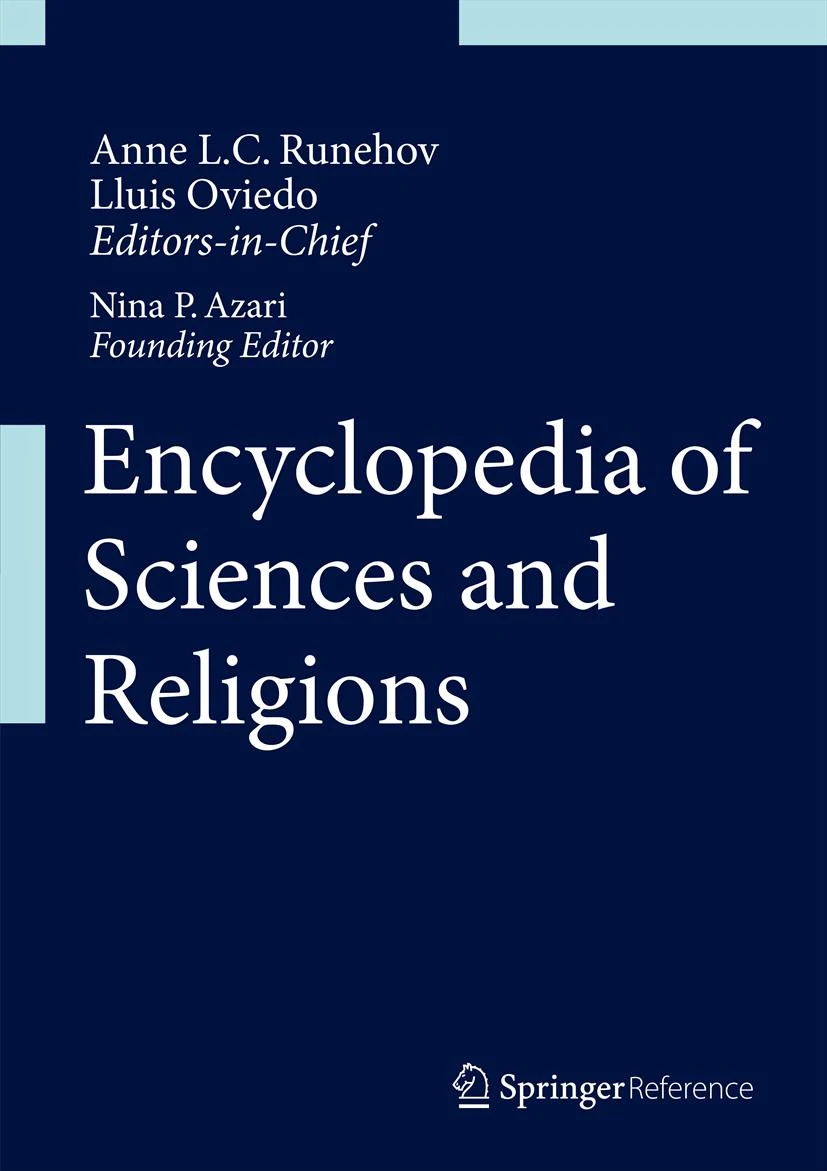
"Panentheism"
Marie Vejrup Nielsen
Anne L. C. Runehov, Lluis Oviedo
This encyclopedic entry explains the various definitions, histories, controversies, and other characteristics of panentheism. “Panentheism,” begins the entry, “is a concept which addresses the theological issue of God’s relationship to the world by proposing that the world is ‘in God.’ The term is derived from the Greek pan-en-theos and means ‘all-in-God.’ The term is often understood as a third option over against the alternatives of pantheism (“all is God”) and classical theism (“God is absolutely separate from the world”). Over against these two alternatives, panentheism emphasizes the closeness between God and the world (God’s immanence), as well as maintains that God is more than the world (God’s transcendence).” Explore this entry for more.
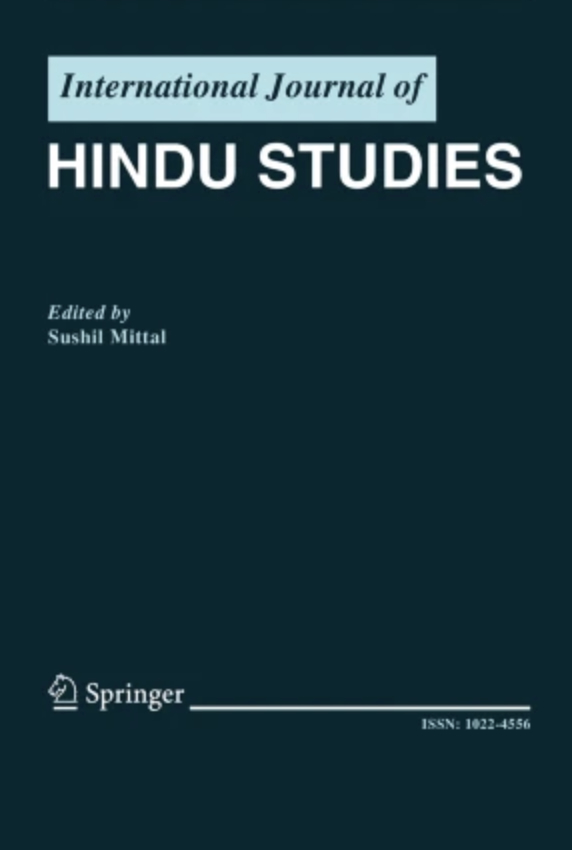
"God's Body at Work: Rāmānuja and Panentheism"
Ankur Barua
Barua explores the theological concept of panentheism through the lens of Rāmānuja’s philosophy, particularly his views on the relationship between God and the world. Rāmānuja, a prominent philosopher in the Vishishtadvaita (qualified non-dualism) tradition, emphasized that while God (Vishnu) is immanent in all of creation, He also transcends it. The article analyzes how Rāmānuja’s ideas align with or challenge the panentheistic view that God is both within and beyond the world, suggesting that Rāmānuja’s understanding of divine immanence and the interaction between God’s body and the cosmos offers a unique and rich interpretation of this theological framework.
Photo Credit: African nature activist placing his hands in the soil; Christina Nwabugo/AdobeStock